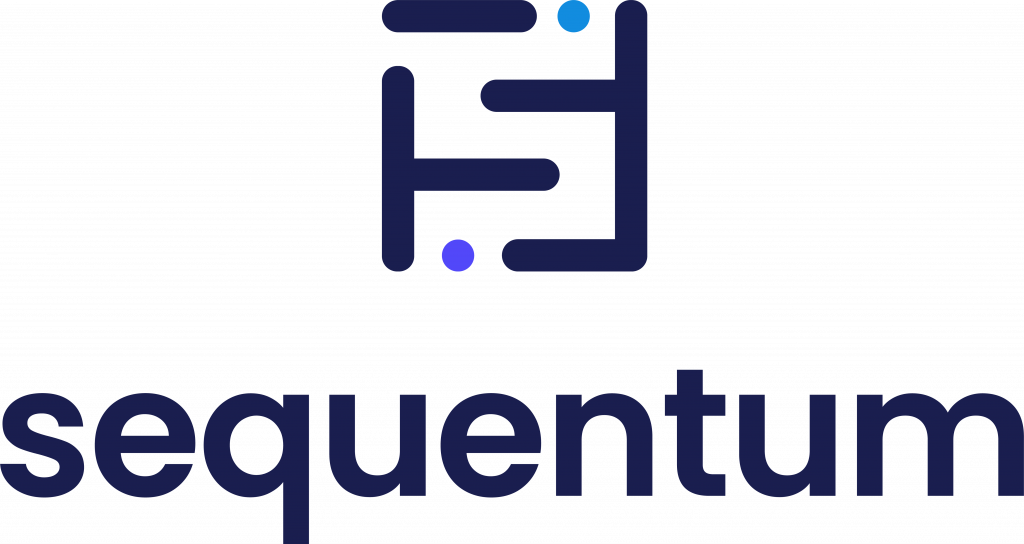node.exe index.js > scrape.log 2>&1
When executing file index.js we redirect all the console.log() output from console into a file scrape.log .
node.exe index.js > scrape.log 2>&1
When executing file index.js we redirect all the console.log() output from console into a file scrape.log .
Sometimes we have the code with html tags that contain nothing but whitespace characters. Often those tags are nested. See a code below:
<div>
<div>
<div></div>
</div>
</div>What regex might be used to find and remove those tags?
Obvious solution is <div>\s*?<\/div> .
\s stands for “whitespace character”. It includes [ \t\n\x0B\f\r]. That is: \s matches a space( ) or a tab (\t) or a line(\n) break or a vertical tab (\x0B) sometimes referred as (\v) or a form feed (\f) or a carriage return (\r) .
In general case, we use the following regex:<(?<tag>[a-z]+?)( [^>]+?|)>\s*?<\/(\k<tag>)>
where <tag> is a named match group: [a-z]+?
When applying it recursively we might use the following code, JAVA:
public static String removeEmptyTags(String html) {
boolean compareFound = true;
Pattern pattern = Pattern.compile("<(?<tag>[a-z]+?)( [^>]+?|)>\\s*?</(\\k<tag>)>", Pattern.MULTILINE | Pattern.DOTALL);
while (compareFound) {
compareFound = false;
Matcher matcher = pattern.matcher(html);
if(matcher.find()) {
compareFound = true;
html = matcher.replaceAll("");
}
}
return html;
}How to handle cookie, user-agent, headers when scraping with JAVA? We’ll use for this a static class ScrapeHelper that easily handles all of this. The class uses Jsoup library methods to fetch from data from server and parse html into DOM document.
We’ll also interpret the found linear dependencies. That means we check whether the discovered pattern corresponds to common sense. The main purpose of the task is to show and explain by example what causes overfitting and how to overcome it.
Suppose we’ve a following array:
arr = [[ 5.60241616e+02, 1.01946349e+03, 8.61527813e+01],
[ 4.10969632e+02 , 9.77019409e+02 , -5.34489688e+01],
[ 6.10031512e+02, 9.10689615e+01, 1.45066095e+02 ]]How to print it with rounded elements using map() and lamba() functions?
l = list(map(lambda i: list(map(lambda j: round(j, 2), i)), arr))
print(l)The result will be the following:
[[560.24, 1019.46, 86.15],
[410.97, 977.02, -53.45],
[610.03, 91.07, 145.07]]
Sequentum Enterprise is a powerful, multi-featured enterprise data pipeline platform and web data extraction solution. Sequentum’s CEO Sarah Mckenna doesn’t like to call it web scraping because, in its description, the web scraping refers to many different types of unmanaged and non-compliant techniques for obtaining web-based datasets.
in the post will reviewed a number of metrics for evaluating classification and regression models. For that we use the functions we use of the sklearn library. We’ll learn how to generate model data and how to train linear models and evaluate their quality.
In this post we’ll show how to build regression linear models using the sklearn.linear.model module.
See also the post on classification linear models using the sklearn.linear.model module.
The docs on requestQueue.getInfo().
After some unsuccessful tries I could have managed to get the requestQueue info output. Note, we run the function inside the Apify runtime environment:
Apify.main(async () => { ... }
We make the function async and add await to the getInfo() Promise call:
async function printRequestQueue (requestQueue){
var { totalRequestCount, handledRequestCount, pendingRequestCount } = await requestQueue.getInfo();
console.log(`Request Queue info:` );
console.log(' - handled :', handledRequestCount);
console.log(' - pending :', pendingRequestCount);
console.log(' - total:' , totalRequestCount);
}with the following result:
Request Queue info:
- handled : 479
- pending : 312
- total: 791
In this case we do not need to make our function async since we catch the the getInfo() promise result thru .then(response).
function printRequestQueue (requestQueue){
requestQueue.getInfo().then((response)=> {
console.log('total:', response.totalRequestCount);
console.log('handled:', response.handledRequestCount);
console.log('pending:', response.pendingRequestCount);
console.log('\nFull response:\n', response); })
.catch( (error) => console.log(error));
}with the following result:
total: 791
handled: 479
pending: 312
Full response:
{ id: 'queue-name',
name: 'queue-name',
userId: null,
createdAt: 2021-02-26T11:57:00.453Z,
modifiedAt: 2021-02-26T11:58:47.988Z,
accessedAt: 2021-02-26T11:58:47.989Z,
totalRequestCount: 791,
handledRequestCount: 479,
pendingRequestCount: 312
}
let table = $('table');
if ($(table).has('br')) {
$("br").replaceWith(" ");
}